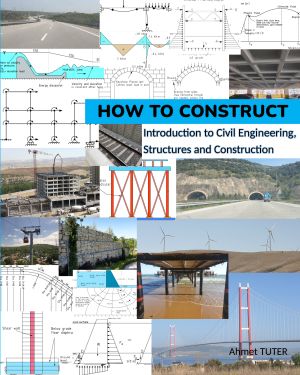How Builders Are Balancing Old Bones with New Technology -

From transforming a warehouse into an office building or reimagining a church as an entertainment venue, adaptive reuse is making old new again in cities across the country. Rather than demolishing structures that no longer serve their original purpose, adaptive reuse focuses on converting them into something new and useful to support sustainability and preserve history. Adaptive reuse has gained in popularity for a number of reasons, from the practical to the aspirational. These projects tend to be less expensive than ground-up projects and can be completed more quickly. By investing in neighborhoods that have been overlooked or neglected areas of a city, adaptive reuse can also serve as a […] Read More






